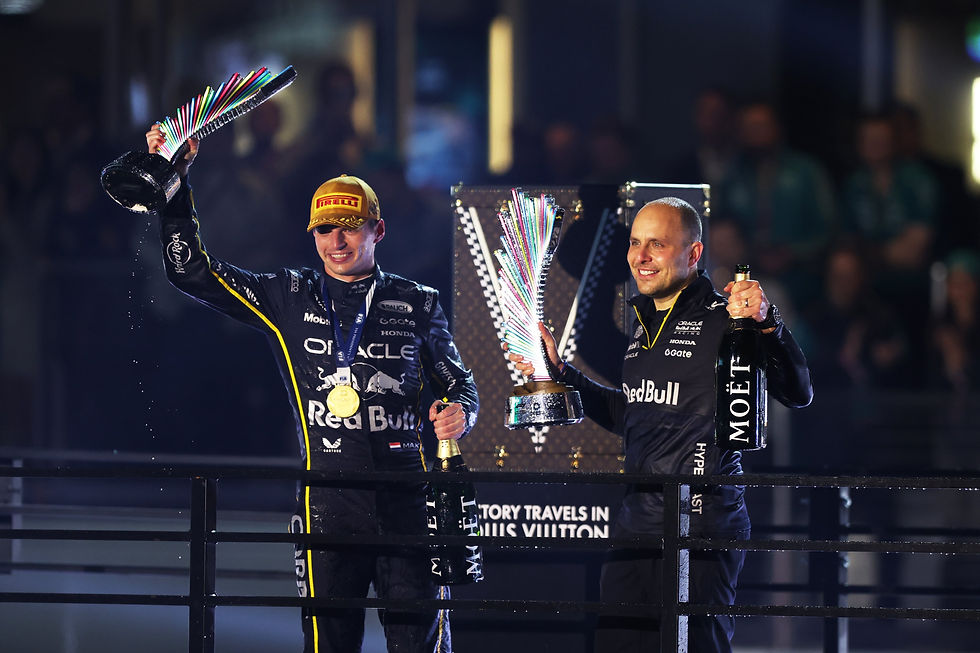Racing Refresh Tech Tuesday: Formula One HALO
- Collin Best

- Jul 5, 2022
- 2 min read

Photo: Andrej Isakovic, Getty
After a very exciting 2022 British Grand Prix at Silverstone where Carlos Sainz took his first ever victory. The race was marred by the lap one incident where Alfa Romeo rookie driver Zhou Guanyo slid upside down off of turn one runoff area after some incidental contact which eventually saw him flip into a catch fence and luckily walked away. In this week's edition of Tech Tuesday we will look at the history, innovation, and implementation of one of the most controversial yet effective pieces in driver safety in the history of motorsports.
In order to understand the implication of the halo, we have to go back to two incidents that sparked driver safety concerns that led to it. Our first incident happened in 2009 at the Hungarian Grand Prix when Felipe Massa struck a spring that fell of the Brawn machine of Rubens Barrichello. Massa went into the wall at the run off in Turn Four and was knocked unconscious and eventually recovered and returned in a few weeks after the crash. Our next one that got the driver protection system was the death of Jules Bianchi in the 2014 Japanese Grand Prix. Not only was this the catalyst for the halo, but it also introduced the Virtual Safety Car that is still in use today
The initial research and development of the halo device started in early 2016 as the FIA was researching cost, development by teams, and different variations of what we now have today. There were two leading variations of the driver protection system that are now seen in two different series. In INDYCAR, the "aeroscreen", which was made by Red Bull Advanced Technology. Sebastian Vettel was the only driver in Formula One to test the aeroscreen but complained about visibility and glare which shelved the program. IndyCar made other designs to the aeroscreen which made its debut in 2019.
In the world of Formula One, the halo made its initial debut in August 2017 in Formula 2 and had to wait unit the Australian Grand Prix in 2018 before it was debuted into the series. The initial response to the news was at the 2017 Hungarian Grand Prix in which multiple drivers denounced the halo device. Formula One legend Niki Lauda said the halo distorted the "essence of racing cars." With most drivers saying that it distorts visibility, is ugly, and makes it more difficult to get in and out of the car.
Even though with the initial reaction to the halo system being negative, it did not take too long before it was tested in race conditions in the Belgian Grand Prix when Charles Leclerc thanked the system for saving his life after an incident with Fernando Alonso and the statistics back it up. The now 20 lb bar of titanium is connected to three points on the car and the FIA simulations detailed a 17% increase in driver survivability in an accident.
Thank you for joining us in another edition of Tech Tuesday here at Racing Refresh. Make sure to join us next week as we deep dive the technology of Formula E.








Comments